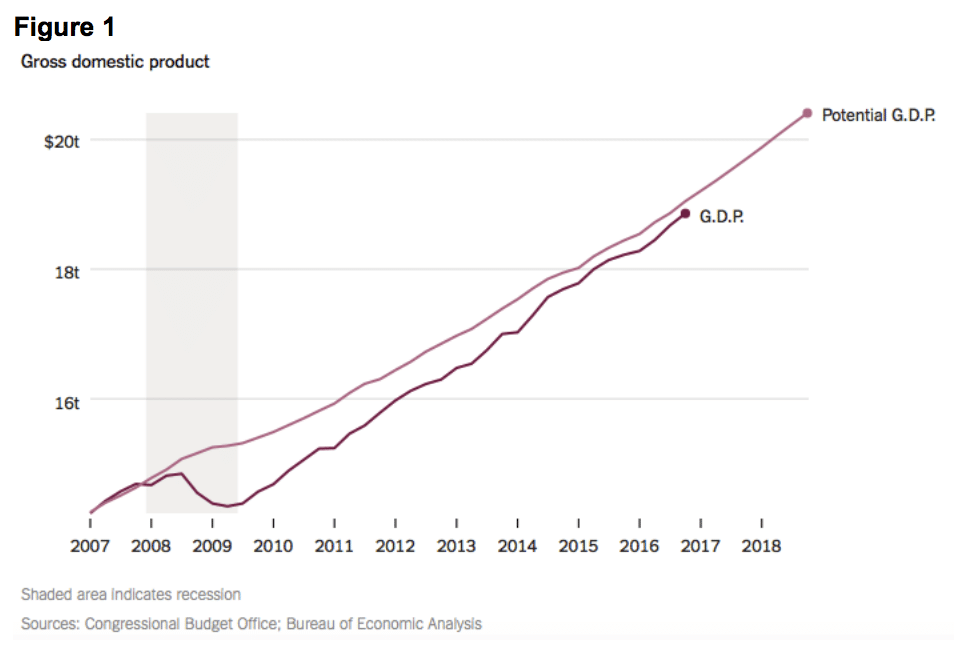Amid a recent upsurge in support for a national job guarantee program, L. Randall Wray, Stephanie A. Kelton, Pavlina R. Tcherneva, Scott Fullwiler, and Flavia Dantas outline a new proposal for a federally funded program with decentralized administration.
Their Public Service Employment (PSE) program would offer a job—paying a uniform living wage with a basic benefits package—to all who are ready and willing to work. In advance of an upcoming report detailing the economic impact of the PSE, this policy note presents an overview of the goals and structure of the program in the context of current labor market trends and the prospects of poverty reduction.







